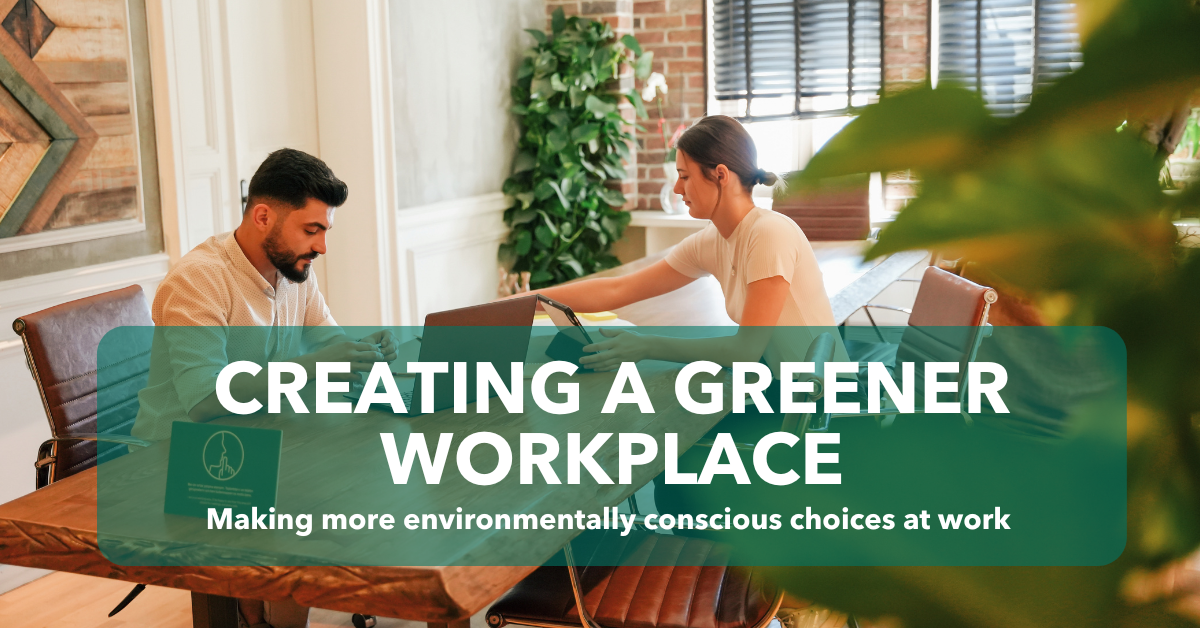
Creating a Greener Workplace: How HR Can Lead the Way on Earth Day
Every year on April 22nd, people around the world come together to celebrate Earth Day, a movement dedicated to raising environmental awareness and promoting sustainability.
For HR professionals, this day is a fantastic opportunity to inspire employees and encourage meaningful initiatives that contribute to a greener workplace. Making more sustainable choices benefits the planet and also strengthens a company’s culture of responsibility, innovation, and employee engagement. Creating a work environment that more employees want to be a part of.
Why Earth Day Matters in the Workplace
Sustainability isn’t just a short-lived trend found on social media. It’s an essential, conscious decision businesses need to consider and implement. Companies that integrate environmentally friendly habits reap larger benefits, including, but not limited to, higher employee satisfaction, enhanced brand reputation, and long-term cost savings. As environmental issues become a more prevalent topic for discussion and major deciding factor for the newer generations of employees, it is important that HR leverages the many resources available to implement sustainable practices as part of daily business operations.
How Can We Be More Sustainable at Work?
HR teams play a crucial role in driving sustainability efforts within an organization. Here are some practical ways to create an environmentally conscious workplace:
1. Reduce or Limit Paper Waste
With technology constantly evolving and changing, going paperless has never been easier. Digital solutions for documentation and file organization not only save on how much paper is used daily but also makes it easier for documents and files to be located. If printing is necessary, using recycled paper and printing documents to be double-sided can also make a significant impact of how much paper is used.
2. Encourage Energy Efficiency
Small changes in energy consumption can lead to a big impact. Encourage employees to turn off lights when leaving a room, unplug devices when not in use, and utilize energy-efficient LED lighting throughout the office. Installing motion-sensor lighting in common areas is another great way to reduce unnecessary energy usage.
3. Promote Sustainable Commuting Options
HR can support employees in making greener commuting choices by promoting carpooling programs, offering incentives for using public transportation, or providing remote work options where possible. Companies can also install bike racks and shower facilities to encourage employees to cycle to work.
4. Implement a Recycling Program
Providing clearly labeled recycling bins in common areas makes it easier for employees to dispose of waste responsibly. HR can also collaborate with office supply vendors to source sustainable materials, such as refillable pens, biodegradable office supplies, and recycled paper products.
5. Support Green Initiatives
Encouraging employees to get involved in sustainability efforts can have a lasting impact. HR can organize team volunteer activities, such as tree planting or local clean-up events, or even establish a ‘Green Team’ to drive sustainability projects within the workplace.
6. Foster a Culture of Sustainability
Sustainability shouldn’t be limited to a single day—it should be embedded into the company’s culture. HR can incorporate eco-friendly values into the company’s mission statement, provide sustainability training, and recognize employees who take active steps to support green initiatives.
Beyond Earth Day: What You Can Do
HR professionals have a unique opportunity to shape workplace culture and lead meaningful change. Earth Day is more than just a one-day event—it’s a reminder of the steps we can take year-round to create a more sustainable future. By championing eco-friendly initiatives and encouraging employees to adopt greener habits, organizations can make a lasting impact on both their people and the planet. Let’s use this Earth Day as a catalyst for long-term sustainability—one step at a time.
About the Author
Rheya is a volunteer with the CPHR Social Media Committee, a young professional passionate about HR and creativity. With a Diploma and Bachelor's in Business Administration from SAIT, Rheya brings experience in project management, SEO, and social media. When not working, Rheya enjoys crocheting, writing a first novel, and binge-watching Harry Potter movies.
The views and opinions expressed in this blog post belong solely to the original author(s) and do not necessarily represent the views and opinions of CPHR Alberta.





